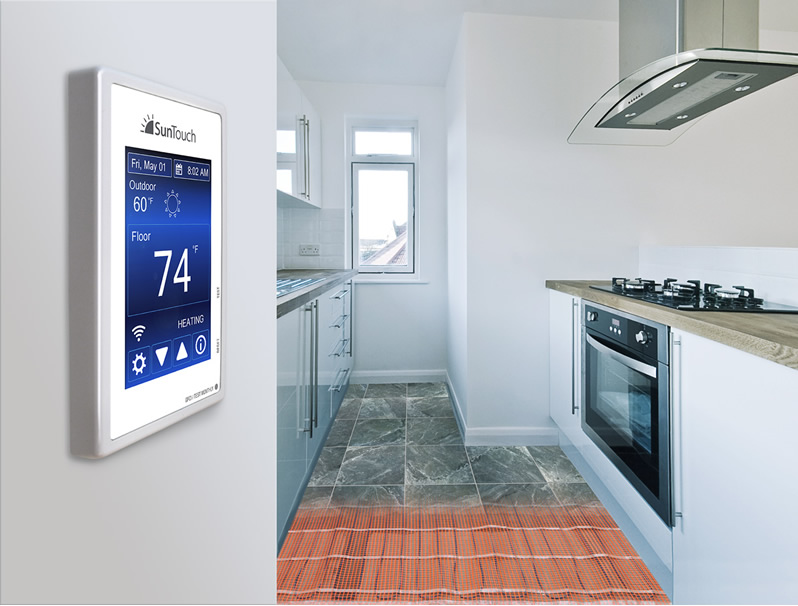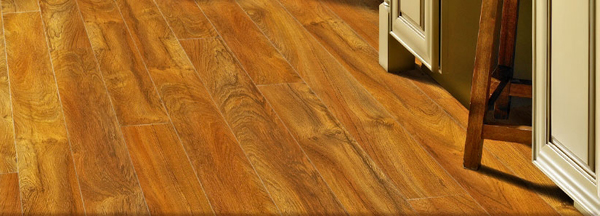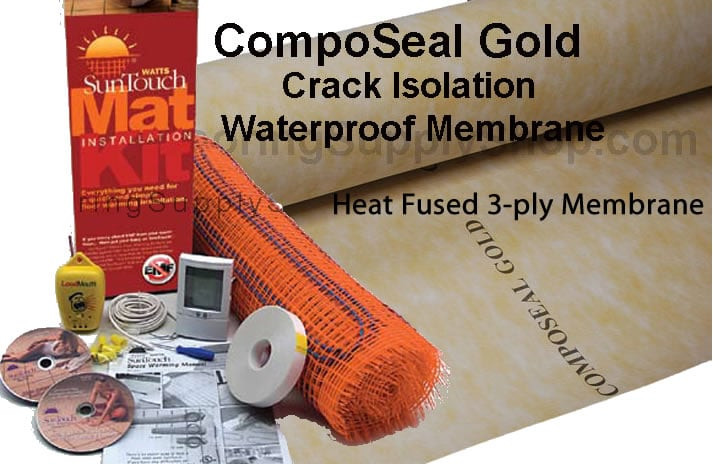
If you are looking for the truth about underfloor heating, look no further! We’ve compiled the top 9 most common underfloor heating lies we’ve heard in our 25 years of business, for you to review
1. Underfloor heating is expensive
If you are reading this, you’ve made it farther than most. Many people do not have underfloor heating because it never even crosses their mind as something they can afford. Maybe they’ve experienced it in a hotel, or in a friend’s home, but in their own home? Within their budget? No way! Think again.
Underfloor heating has come a long way and new systems on the market are efficient and easy to install. The cost of purchasing a system and getting it installed varies on the size and scope of your project. Water systems are more expensive to purchase and install but provide lower long-term running costs whereas electric systems are competitively priced but rely on electricity which typically has a higher running cost.
Material cost for the Warmup DCM-PRO electric system with a smart WiFi thermostat in a 80 sqft bathroom would cost about $765. Installation costs will be added on by your flooring installer and are typically $5/sqft. The size and scope of your project may impact installation costs and so will the choice between water and electric.
Trends come and go quickly. The comfort from a radiant heated floor is guaranteed for life and sure to stay in style. This is $1,000 you’re not likely to regret spending on your bathroom remodel!
2. Electric underfloor heating costs a lot to run
While electricity is viewed as expensive, systems can be zoned and programmed to be cost-effective. While an electric system may not be the right choice for everyone: (1) electricity is 100% effective, (2) radiant floors only draw electricity for a limited duration (then radiate the heat out) and (3) electric systems can be powered with renewable energy sources, like solar panels.
To give you an idea of cost, an average bathroom system utilizes about 300 watts, so for some people, that’s just about the same as the lights over a mirror with fice 60-watt bulbs. In dollars and cents, it costs about $5/mo to operate that system in a bathroom for a few hours in the morning and evening. On a larger scale, a whole-house system in a 3,000 sqft space would run about $150-200/mo in the winter months.
3. Underfloor heating can not be used as a primary heat source
While it is true some underfloor heating systems can only provide supplemental heat, it is not true of all underfloor heating systems. With a heat loss calculation, it is possible to design an underfloor heating system that provides enough heat to be the sole heating source. With flexible options like the Warmup Radiant Floor Heating, it is easy to vary heat output from 11-20 watts per square foot based on heating needs by varying the cable spacing. Warmup also provides insulation layers that can further reduce power requirements yet deliver enough heat into the room.

4. You can only heat under tile
While it is true tile and concrete are the most popular types of floors to heat, floor heat can be installed under any type of flooring.
Tile and concrete are popular for needing heat to remove the chill but a fun fact is that carpet and tile are actually the same temperatures. Neither one is colder than the other and the same is true for any type of flooring! Tile is simply a better conductor, robbing us faster from our body heat (through our bare feet) which gives us the impression that it is cold. In a house heated at 70F, any flooring will be 70F. So, while the complaint is not that carpet is cold, the room is cold, and a floor heating system can solve that under any flooring type.
Smart thermostats on the market like the 4iE have capabilities to heat within limits. Pre-set limits exist for tile, carpet, vinyl, and laminate. If you have a maximum floor heating temperature specified by your flooring manufacturer, this setting can be customized inside a Warmup controller.
5. Underfloor heating is only for new homes
There are two main hypes of underfloor heating: hydronic and electric. It is true that hydronic underfloor heating is better suited for new builds but electric underfloor heating is great for new builds or renovation projects where the flooring is being replaced. Thinking, “No way! It will raise the floor height!”? Please, keep reading.
6. Heating your floors raises the floor height
As floor heaters are installed directly beneath your floor finish, there may be some impact to floor heights but in many cases, this floor build-up will be 3/8” or less, as the heater can be installed directly within a layer of tile adhesive or fitted directly into the subfloor itself. If you’re adding floor heating as part of a renovation project, consider installing one of Warmup’s low-profile electric systems like the StickyMat

7. Underfloor heating is likely to fail and cause major damage
While not all systems are created equally, there are options on the market that offer maintenance-free convenience and lifetime warranties. The key to securing that lifetime warranty (and never having to use it) is simply following the instructions! The rare cable failures we see are often installation errors or jobsite product damage. The top 3 installation errors we see are easy to avoid. They are:

- Failure to test the cable before, during, and after installation (see our testing video)
- Improper placement of the factory joint – either in the wall or not embedded under the floor in thinset/leveler (see our time-lapse installation video with tips)
- System wired to the wrong voltage (see our wiring video)
8. In the event of underfloor heating cable failure, I have to rip up my entire floor

In the rare event that cable failure does occur, Warmup has free tool rental options available for locating a break before removing any flooring. By going about cable failure in this manner, it is possible for a break to be located and repaired with minimal flooring removed. With knowledge of the system under the floor provided and the right tools on-site, Warmup is happy to assist in pinpointing a system failure. Once located, you will want a qualified electrician to perform the repair. We do have videos to offer him/her support but if you’ve followed advise from #7, you can avoid this altogether!
9. I can not install underfloor heating on my own
Since many people believe “underfloor heating is likely to fail and cause major damage” they would never in a million years think of installing it in their home themselves. Think again! Some underfloor heating systems are DIY friendly. From tiny homes to 1,600 sf homes, we’ve seen Warmup customers tackle their own installations that have stood the test of time. Worried you’ll have questions along the way? We’re available 24/7 to support you.

Click here to Buy Warmup underfloor heating
Copyright © 2020 FlooringSupplyShop.com











